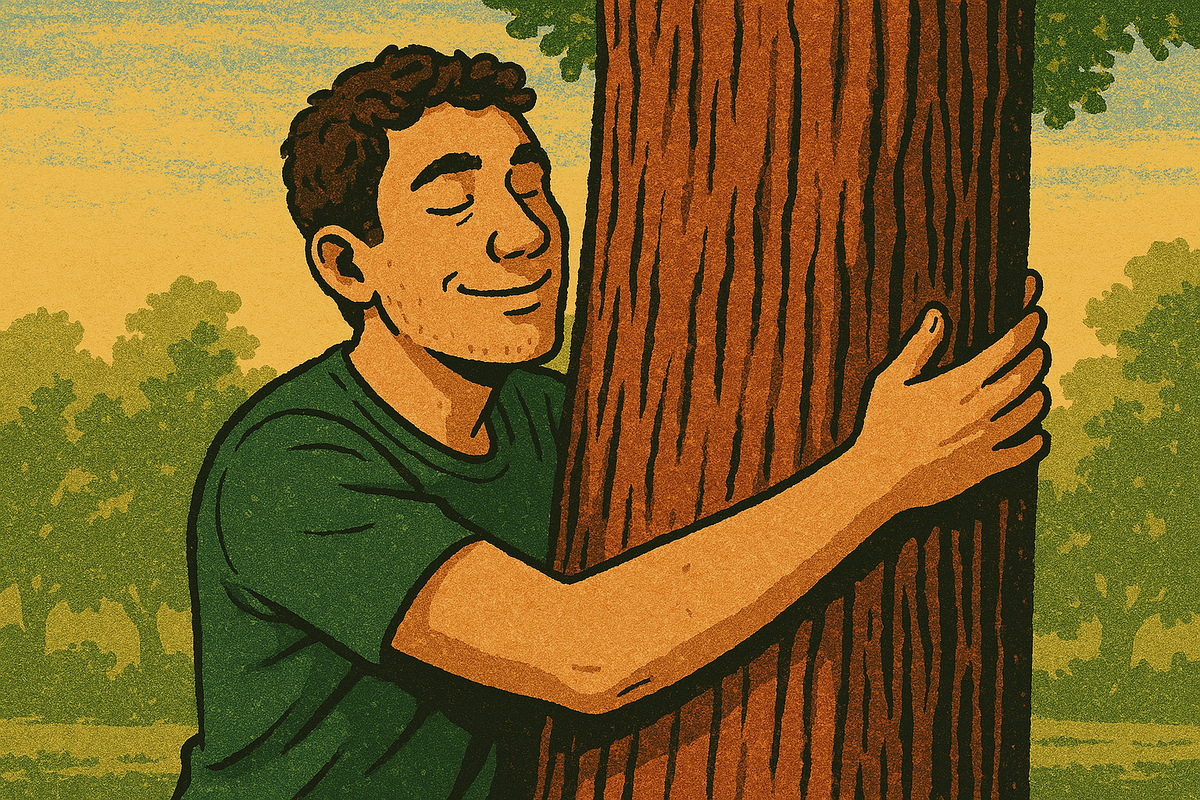
Have you ever noticed how much better you feel after a walk in the park compared to trudging on a treadmill? That natural high isn’t just in your head—science confirms that exercising outdoors can supercharge both your physical and mental health.
The Nature Connection
Scientists call it “connectedness to nature” (CTN)—that feeling you get when you’re surrounded by trees, flowing water, or even just the neighborhood garden. It’s our innate bond with the natural world, whether we’re hiking a mountain trail or simply tending to houseplants.
Even though 68% of us now live in urban environments, our bodies and minds still crave nature. Most people in developed countries spend just 1-2 hours outside daily—even during summer. But research suggests we need much more than that for optimal health.
Why We Need Nature
Renowned neurologist Oliver Sacks once wrote, “In forty years of medical practice, I have found only two types of non-pharmaceutical ’therapy’ to be vitally important for patients with chronic neurological diseases: music and gardens.”
This need for nature connection has a name—biophilia, or “love of life.” Biologist E.O. Wilson described it as our “innate tendency to focus on life and lifelike processes.” Simply put, we’re hardwired to feel better in natural settings.
What Happens When You Exercise in Nature?
When you swap the gym for the great outdoors (what researchers call “green exercise”), amazing things happen. A review of 11 studies found that compared to indoor workouts, exercising in natural environments leads to:
- Greater feelings of revitalization
- Significant decreases in tension, confusion, anger and depression
- Increased energy
- Lower stress hormone levels
- Better sleep
- Improved mood and life satisfaction
- Reduced blood pressure
- Stronger immune function
The best part? These benefits apply whether you’re a weekend warrior, competitive athlete, or just trying to stay active as you age.
Getting Your Green Exercise Fix
Not sure how to start? Here are some easy ways to bring nature into your fitness routine:
1. Find Your Nature Sweet Spot
Nature experiences exist on a spectrum. You don’t need a wilderness expedition to benefit—a workout in your local park counts too! Try these options:
- Full immersion: Weekend hikes, beach runs, or kayaking trips
- Urban nature: City park workouts, community garden volunteering
- Mini-doses: Exercise by a window with a green view, then cool down outdoors
2. Tune in to Your Surroundings
The secret to maximizing nature’s benefits is mindfulness. Try these simple awareness boosters during your next outdoor session:
- Take a moment before starting to notice three sounds around you
- Feel different textures—grass beneath your feet, bark on a tree
- Breathe deeply and identify natural scents
- After finishing, pause before checking your phone to notice how you feel
3. When You Can’t Get Outside
Bad weather or no green space nearby? Try these alternatives:
- Follow workout videos near a window with natural views
- Play nature sounds during indoor exercises (research shows even this helps!)
- Use plants or natural materials in your home workout space
4. Try Forest Bathing
The Japanese practice of “shinrin-yoku” (forest bathing) is gaining popularity worldwide. Unlike hiking or trail running, it’s about slowing down and experiencing the forest through all your senses:
- Leave your devices behind
- Move slowly and without purpose
- Stop frequently to notice details
- Engage all five senses
- Spend at least 20 minutes (though 2 hours is ideal)
Even in urban parks, these principles can transform a quick outdoor workout into a powerful health intervention.
Start Small, Gain Big
You don’t need to overhaul your entire fitness routine. Even adding 20 minutes of outdoor activity to your weekly schedule can make a difference. Walk meetings, lunch-break strolls, or morning stretches on your balcony all count.
Next time you’re debating between the gym and the park, remember — nature offers a scientifically proven fitness boost you simply can’t get indoors. Your body and mind will thank you for it.
This article is based on research by Cynthia Allen, Ph.D., ACSM-CPT, published in ACSM’s Health & Fitness Journal, Volume 26, Number 4.
Discover More
- Does Swearing Make You Stronger? the Surprising Science Behind Cursing and Performance
- Power Up Your Performance With Probiotics: How Gut Health Could Be Your Secret Weapon
- Move Your Mood: How Exercise Lifts Depression and Anxiety During Menopause
- The Weekend Warrior vs. Regular Exercise: What's Best for Slowing Down Your Biological Clock?
- Can Creatine Save Your Workout When Cutting Carbs?
- Carnivore Diet for Athletes: Do You Need Carbs After All?
- Mix It Up! How to Combine Cardio and Strength Training for Maximum Results
- Rocking Your Walk: How Unstable Shoes Could Strengthen Your Feet and Improve Your Balance
- Trail Running Safety: Navigate the Path to Injury-Free Adventures
- Tech Your Way to Better Fitness: How Older Adults Are Using Digital Tools to Stay Active
- Rest Periods Matter: Finding Your Sweet Spot for High-Intensity Sprint Training
- Supercharge Your Jump: How Adding Bands to Your Deadlift Can Boost Performance
- Caffeine Before Exercise: Is Your Pre-Workout Cup of Joe Actually Helping You Burn Fat?
- Paws-Itively Perfect Exercise: How Your Dog Can Be Your Best Workout Partner
- The Long and Short of It: How Pole Length Can Boost Your Cross-Country Skiing Performance
- Time-Restricted Eating: Get Leaner Without Losing Your Gains
- Boost Your Strength & Shed Fat: Essential Amino Acids + Resistance Training
- Finding Your Perfect Fit: How Footwear Affects Performance and Injury Risk
- HIIT vs. Moderate Exercise: The Mood Rollercoaster Your Workout Takes You On
- Hydration Hype: Do Specialty Drinks Boost Exercise Performance? See more
